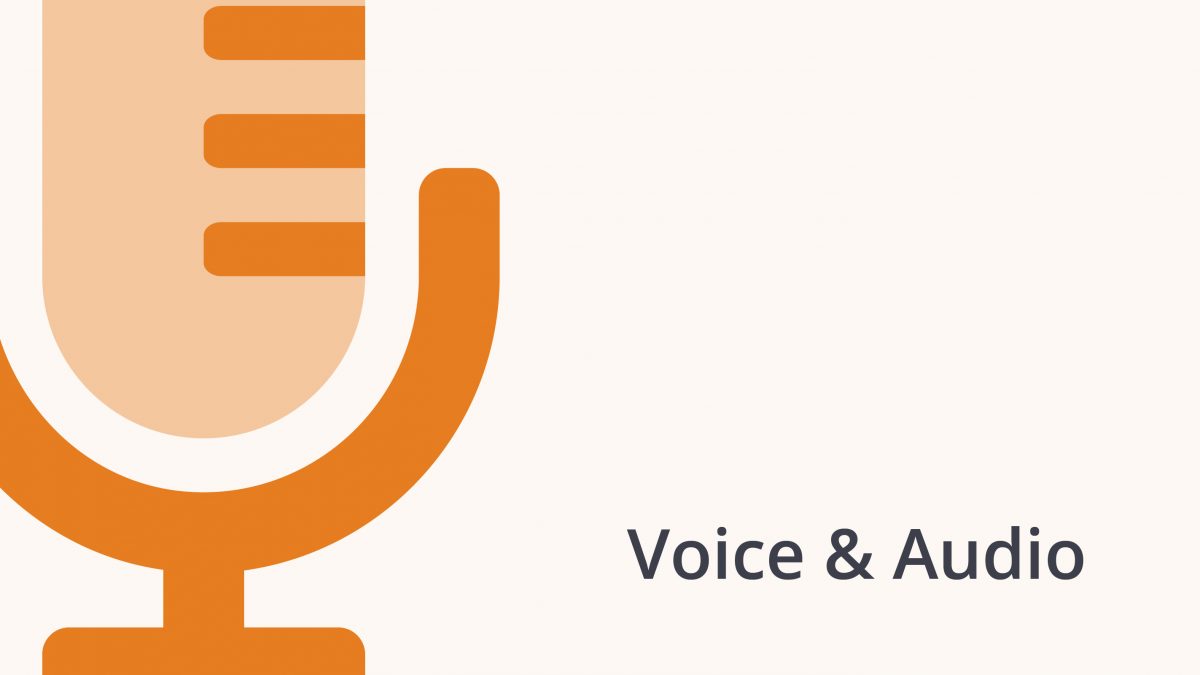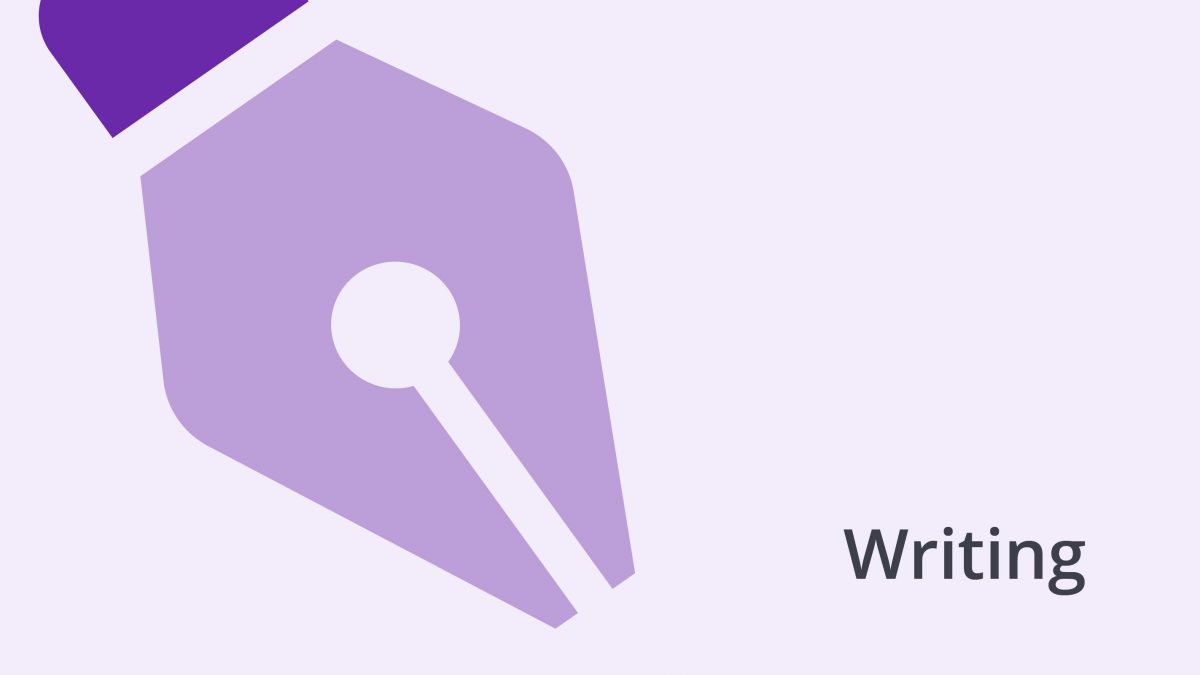How to write a press release? Press releases can be either useful and effective tools, or they can be a waste of everybody’s time. It depends on their writing style and content. It depends on quite a bit on how an organization, business, or individual sees its goal and purpose. But, it also depends on how the writer of a press release understands transfers those goals and purposes into an effective press release.
So what then should be the essential purpose and goal of any given press release? As Forbes explains it in simple terms, “a press release is a brief written communication aimed at journalists to announce something significant and specific: an event or a changed set of circumstances–for example, launching a new business or product, new leadership appointments or earnings results.”
A press release then has the main goal to reach journalists who will then use it as a basis for their article. It can be something they will publish in print, online, or use as a segment in a TV or a radio program.
If a press release reaches the general public directly, fine. But it is the journalists who are the main target group press releases should reach. So the goal is not to use a press release as direct marketing or advertising tool. It is not supposed to boast, glorify, nor simply state the facts.
The purpose of a press release is primarily to inform all the media sources about an important event, development, personal or organizational. Or about a new product, anything from a software app to a record release. If the press release “tells its story well,” the media might turn it into a story of their own.

Do’s and don’t of a press release
Many official organizations and businesses misunderstand the purpose and content of a press release. Sure, press release writing is in a way a form of content writing. But its purpose is not direct marketing. Its purpose is to reach the widest audience possible through multiple media sources. As CBS News puts it, “a press release is the quickest and easiest way to get free publicity.”
For businesses, press releases are a cost-effective, indirect way of marketing, that if done properly, can have a better effect than a series of expensive ads and marketing campaigns. Actually, press releases should be an essential part of any effective marketing campaign.
But here is where many businesses and even official institutions make a mistake. As Forbes (above) points out, “all too often, businesses turn their press releases into self-congratulatory announcements that journalists ignore and discard.”
What is the esteemed business publication trying to say here? That there are certain writing and formatting rules any press release has to respect in order to be effective.
First of all, a press release has to feel and read like a news story itself. A press release has to respect its key audience, the journalists themselves. It is an audience that lives and breathes the news.
The first thing any prospective journalist learns first is that each news item is that it has to include ‘5W’s.’ That is that each news article has to include who, what, where, when, and why. And if you want a press release to have the real news form, it needs to always, and that always includes these five elements.
But to be able to have these five elements in a press release, the story the press release is trying to convey has to be newsworthy.
More essential principles
Making a press release newsworthy and including the ‘5W’s’ is just a starting point. But having those clear in the writer’s mind is the essential starting point. This starting point should make including the other writing points in a press release much easier.
Like with any news article itself, a good press release should have a catchy title. If the content itself is newsworthy and the writer putting together the press release knows exactly what is going on, she/he will be able to come up with a title that will catch the eye.
Like everybody else, journalists are very busy people, but also have tighter schedules than most of us. A good, catchy title will make them read on. To that effect, those ‘5W’s’ should definitely be included at the beginning of the text. As much as possible in the first paragraph of the press release text.
Another thing readers notice when they read an ‘actual’ news report is that almost always includes a quote or two from people key to the news content. It could be a high-ranking official, a person key to a certain project, or, say, an artist or an author.
News articles have a strict writing format, and so should the press releases. This means that they should be written in the third person. Also, they should always begin with the name of the city from which the piece originates, and should include the date of the release itself.
Issuing a press release can have options. You can give the journalist the option to journalists to convey the news immediately (‘for immediate release”).
But, if you’ve prepared your press release well ahead of an event or an important date, you can specify exactly the date and time when the journalist can present their news (“under embargo”).
Press release formatting tips
Of course, there are some formatting rules to press releases. One thing certainly is to use official logos and colors of the company, organization, or the PR agency. This is not only for the fact that makes sure journalists (and other readers) know what is the origin of the press release. It also has branding purposes, and should always be in the headline section f a press release.
These days, the main methods of communication are online. For its part, this type of communication has its own rules, and one of those is including keywords. On one hand, including keywords makes it easy for the search engines to do their task, but also for the journalists to immediately know what your press release is about.
While the first paragraph and part of the text should include key information, each press release should also have a summary paragraph. This paragraph should be brief (5 sentences at most) and should give an overview of the press release content.
Every press release should include the so-called boilerplate information. It is a paragraph at the very end of the text, often separated from the text itself by an extra space or two. It should present brief essential information about the company (individual) or the organization.
As is usually the case, the last piece of text should be the current contact information of the organization or company. Preferably, there should be contact information for a specific contact person.

Big don’ts of press releases
Times change, and so do the press releases. Professional writing instructors now rightly note that these days, it might be necessary to formulate a press release as a news article itself. Why?
Newsrooms are growing smaller, and the number of freelance journalists is growing larger. At the same time, there is now a category of online personalities that are not strictly journalists but do have a role in spreading the news. Influencers, bloggers, podcasters all have a huge role and along with ‘proper’ journalists, are pressed for time and often want to be the first to announce something. Giving them a more or less finished news article can work in your favor.
But in all that, there are a number of things a press release writer should certainly avoid:
- there should be no exaggeration, false statements, or false promises;
- a press release should not be a direct sales pitch, nor should it include a direct call to action (CTA);
- it should not be self-serving or self-congratulatory;
- there should be no hype, nor should the text include acronyms;
- a press release should not serve as a dry list of fact or technical information/specifications;
- if the press release is about a new report on the launching of a new business/startup, product, or similar, just stating the facts will not cut it;
- just copying and pasting an embellished CV/biography of a company CEO or a new official will end up in practically everybody’s trash bin;
- and above all, a press release should not be boring – journalists and news conveyers in any shape or form should use them and spread them around.
In most cases, this is a job for a professional
Many organizations and businesses take what they see as the easy route with press releases. They decide to do it themselves, even if they don’t have a designated PR writer. The line of thinking is we’ve seen so many news articles ourselves, we know how to write a press release.
Unfortunately, as you can see, writing a press release has some very defined rules, that in most cases are best left to professionals with a solid background in journalism. The benefits of an effective press release are there it is just knowing how to achieve them. To achieve that goal and be sure a press release will have the right effect, it is probably best to leave its writing to a professional. How to write a press release is something a writer has to learn and practice. No wonder that there are so many PR agencies around, and you don’t have to guess what that PR stands for. But if cost-effectiveness is on your mind, the solution may lie in hiring a freelance writer with press release knowledge and experience. BunnyStudio can certainly help in that respect.










